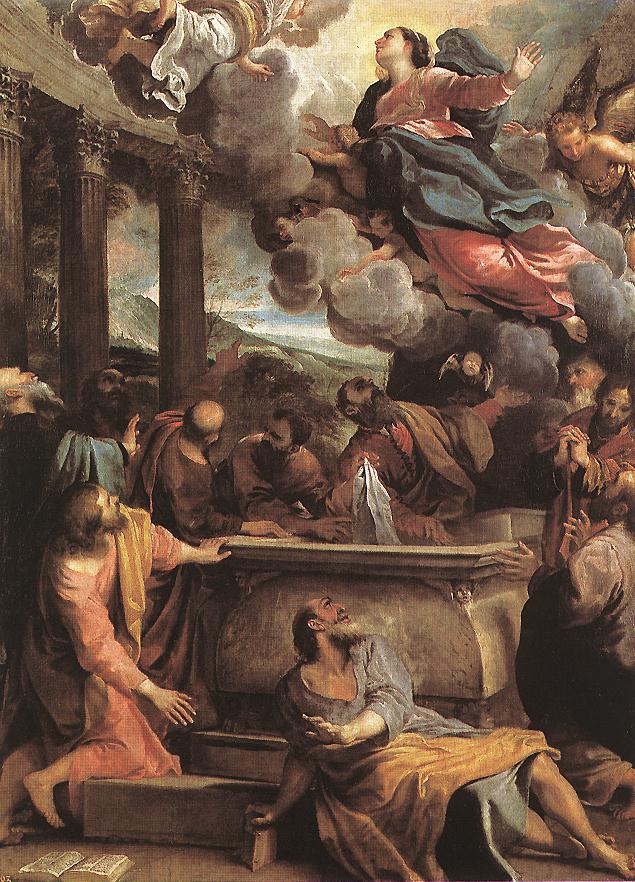Description
Annibale Carracci's Assumption of the Virgin painting is an Italian Baroque masterpiece housed in the National Gallery of Parma. The work, measuring 130 x 97 cm, represents the ascension of the Virgin Mary into heaven, surrounded by angels and saints.
Carracci's artistic style is characterized by his ability to combine elements of the Renaissance with the Baroque. In this painting, we can appreciate his chiaroscuro technique, which creates an effect of depth and volume in the figures. Also, his use of light and color is impressive, making the work very visually appealing.
The composition of the painting is very careful and balanced. The figure of the Virgin Mary is in the center of the work, surrounded by angels who help her ascend to heaven. Around him, the saints and the faithful look on in admiration. The arrangement of the figures creates a circular movement that guides the viewer's gaze towards the central figure.
The history of the painting is interesting, as it was commissioned by Cardinal Odoardo Farnese for his funerary chapel in the church of Santa Maria degli Angeli in Rome. The work was finished in 1600, but it was not installed in its original location due to the death of the cardinal. Instead, it was sold to the church of San Francesco in Parma in 1616.
One of the lesser known aspects of the work is its symbolism. The figure of the Virgin Mary represents the Church, while the angels symbolize the faithful. The saints that surround her represent protection and divine intercession. Furthermore, the circular composition of the work suggests the idea of eternity and divine perfection.
In conclusion, Annibale Carracci's Assumption of the Virgin painting is an impressive work of art that combines technical skill and religious symbolism. His artistic style, composition and use of color make the work one of the most outstanding of the Italian Baroque.

